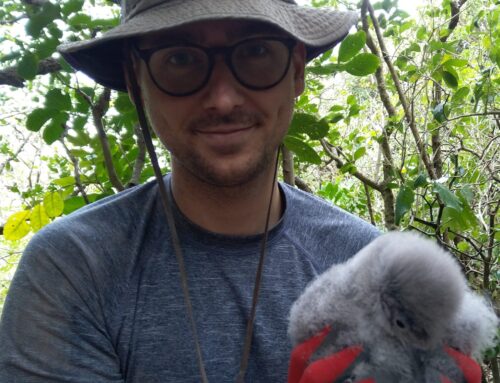Uncovering the Blind Spots in Biodiversity Data
The gaps in our understanding of biodiversity have long been recognized as a critical challenge. These knowledge shotfalls can distort our perception of biodiversity and bias fundamental estimates—from the total number of species to complex patterns of rarity and threats to biodiversity. On a planet rapidly transforming due to human activities, it is essential to assess how these gaps impact research programs and species conservation efforts. In this lecture, we will explore how different aspects of biodiversity shortfalls share common drivers, including biological, geographic, socioeconomic, and cultural factors. We will also examine how data limitations can be leveraged not only to quantify the magnitude of existing gaps but also to identify the direction of biases, ultimately informing more effective conservation strategies.

Mario R. Moura is a professor in Universidade Federal da Paraíba, Brazil. He investigates the drivers of biodiversity patterns and extinction risk, combining biodiversity data science, spatial analyses, and phylogenetic methods. His work spans conservation biogeography, macroecology, and global change biology to assess biodiversity responses to anthropogenic pressures, aiming to reduce knowledge gaps and improve predictions of species vulnerability for conservation planning.






